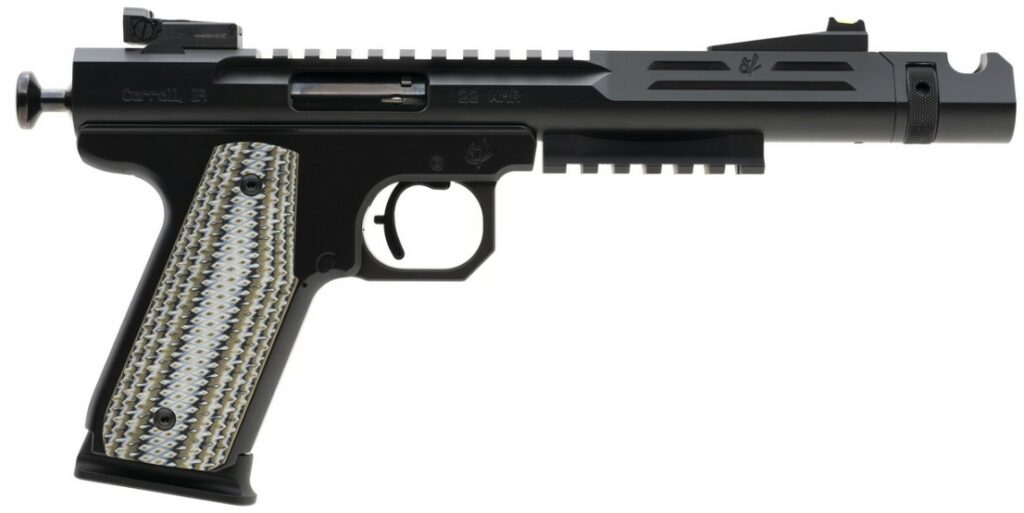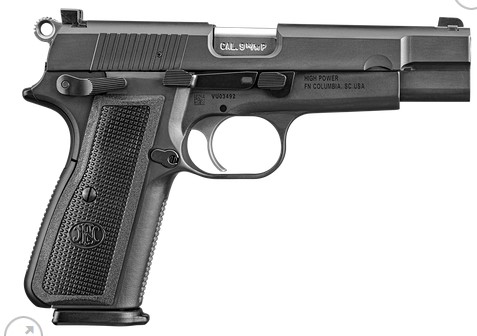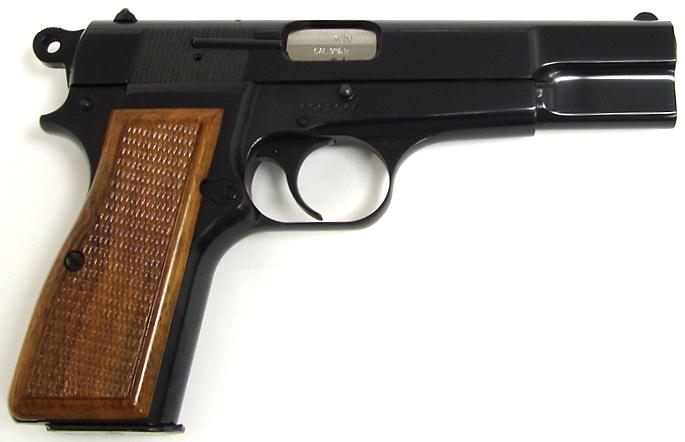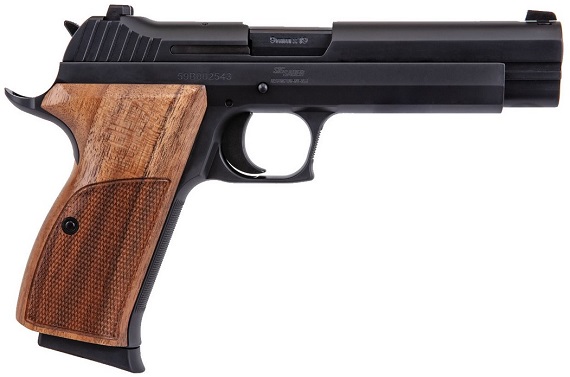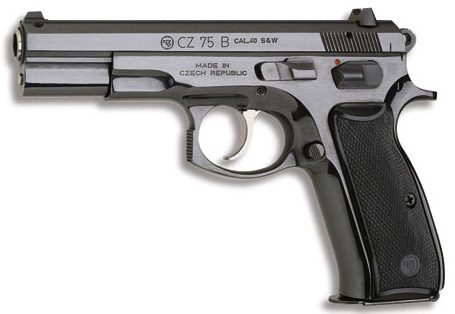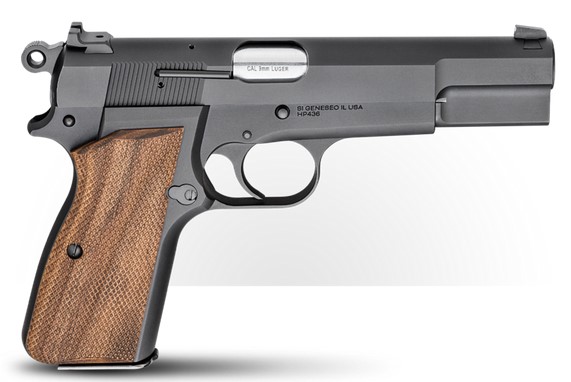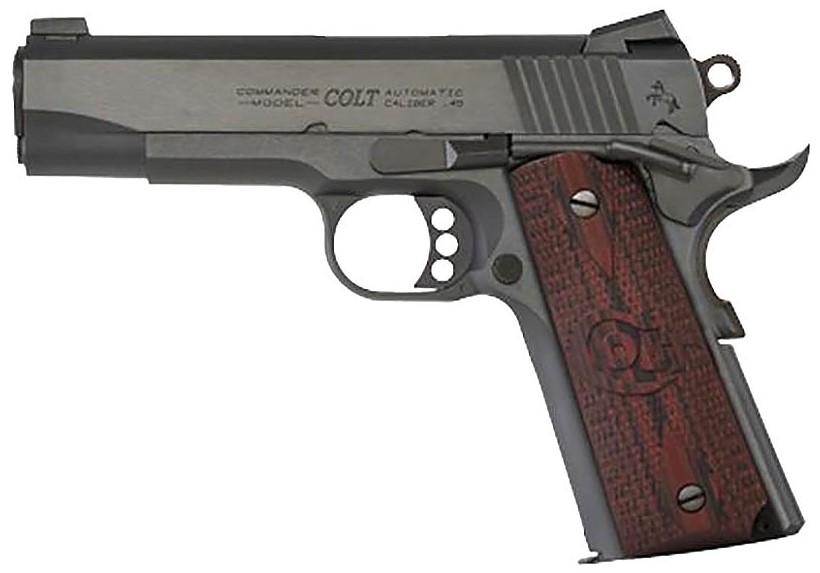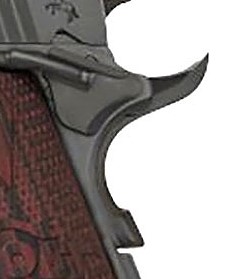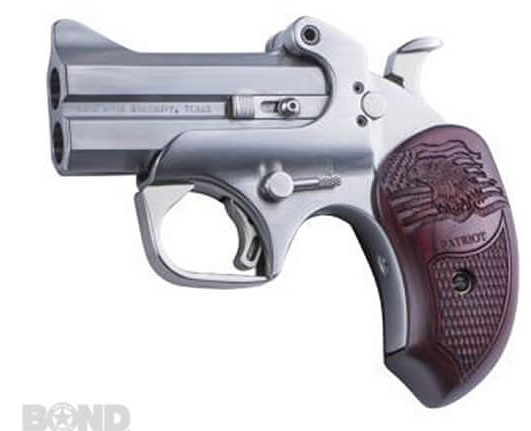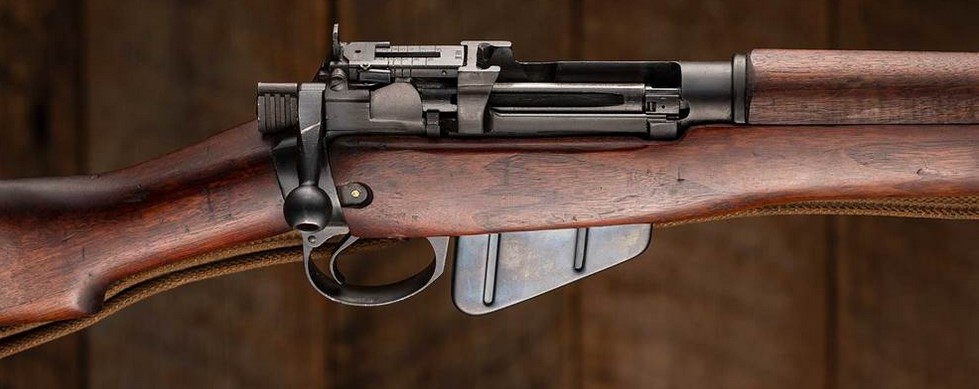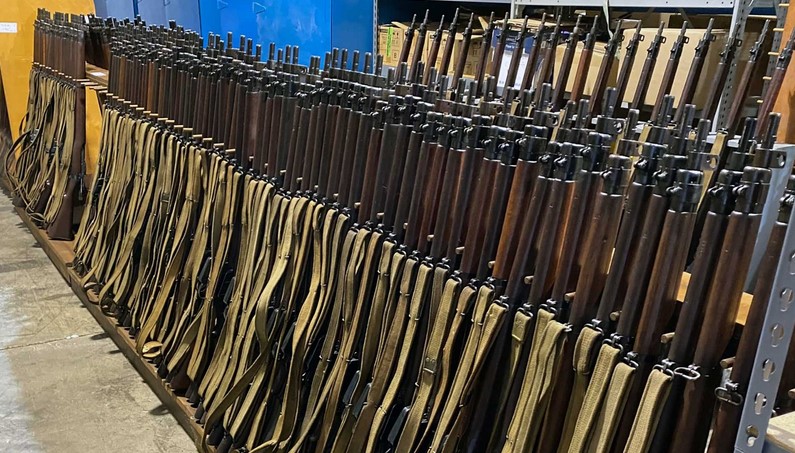Okay, so you’re faced with this situation:
Furious drivers have blasted police after two eco zealots ascended two 275ft masts and are dangling over the M25, causing Dartford Bridge to close for more than 17 hours today but no officers have been sent to fetch them down due to ‘safety’ concerns.
Police said the operation was ‘complex’ due to the height at which the protestors are currently situated, adding it would take time to get them down.
Like most of my Readers, I’m positive that getting these little shits down shouldn’t take any time at all, with the proper equipment.
I’m thinking a decent shotgun with 28-30″ barrels, such as something sidelock-y from Abbiatico & Salvinelli, would do the trick:

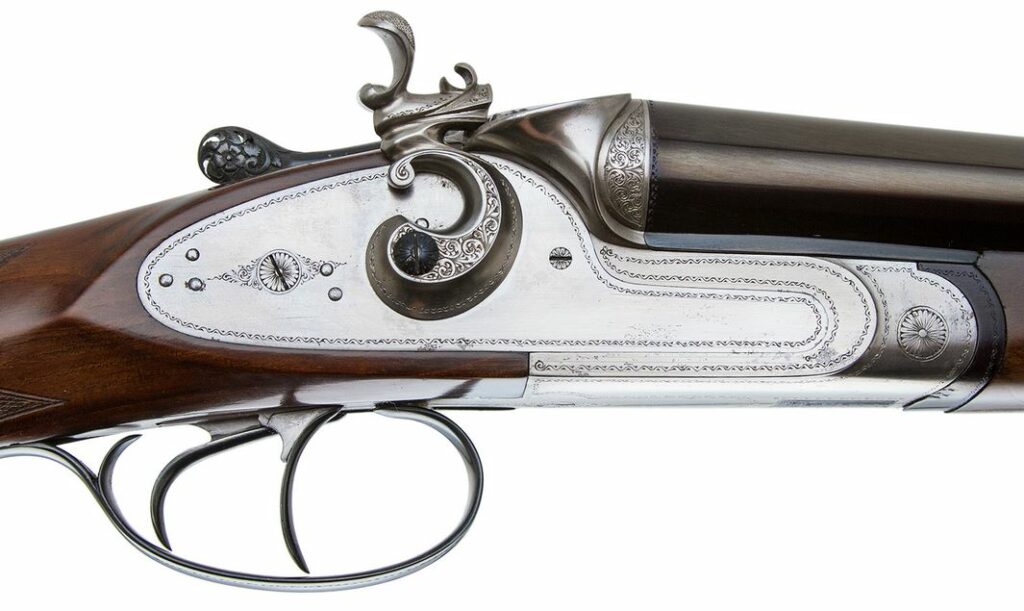
…or, if you’re of the Over And Under persuasion, their Excalibur model:

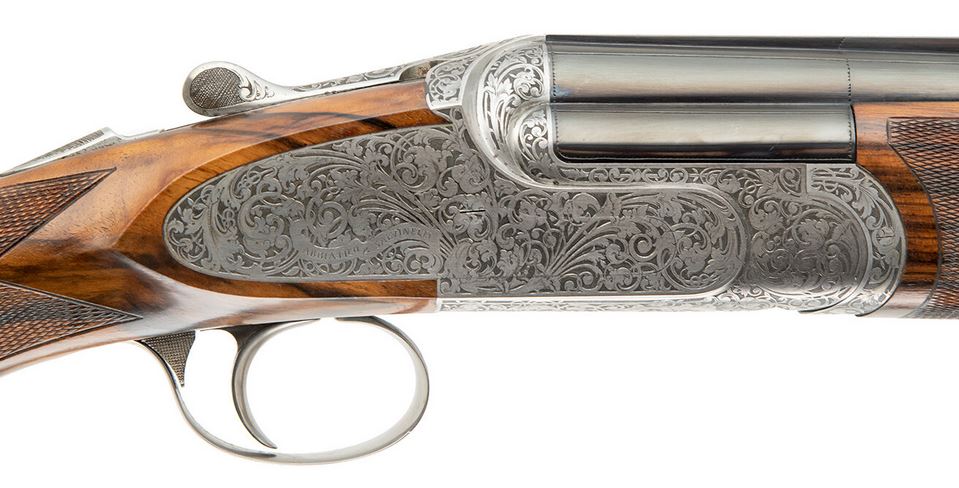
…but I confess that I’m a little stumped as to the best gauge (12 or 20?) and ammo choice: bird shot or buck shot? (e.g. would 12ga 1oz #7.5 be good, or better to go with 20ga ¾oz #7.5 for its higher velocity?)
The reason I’m unsure is that 275 feet up is quite a distance — much higher than your typical driven bird flies, and at the same time, the humans are much bigger targets requiring a beefier cartridge.
So: what are your suggestions for the ammo, O My Readers?
OR:
Do we just say “the hell with it” and go with a good old sniper rifle, e.g. this Dragunov PSL in 7.62x54R:

…or if we want to stay British, this Lee-Enfield Mk4 No.1 (T) in .303:

While I like the shotgun option (for the challenge), that Mk4 makes one of my digits itch, oh yes it does.
While we may disagree as to the best equipment for this particular job, I think we can all agree that potting eco-zealots (suspended, running, stationary or all three) should be an Olympic sport.

